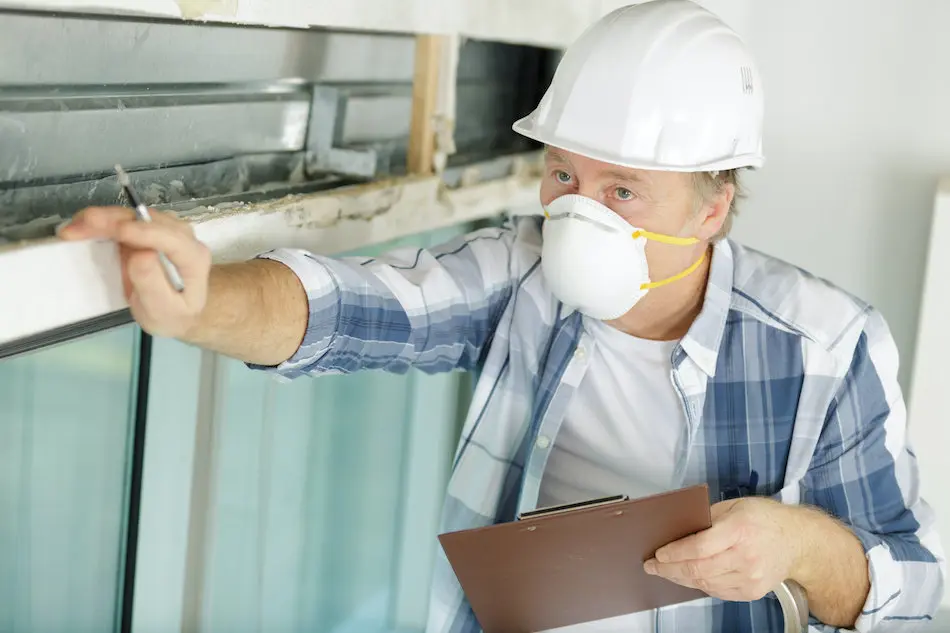 It may come as a surprise to many homeowners that, even with the greatest precautions taken when constructing or remodeling a home, many hidden dangers can still hide. Here, we'll discuss some of the most common home risks and safety hazards.
It may come as a surprise to many homeowners that, even with the greatest precautions taken when constructing or remodeling a home, many hidden dangers can still hide. Here, we'll discuss some of the most common home risks and safety hazards.
Carbon Monoxide: The Silent Killer
Statistics estimate that every year, emergency rooms see an average of 50,000 Americans suffering accidental carbon monoxide poisoning. Because it's silent, colorless, and odorless, CO inhalation can—and does—go undetected by homeowners who aren't prepared.
The risk of CO poisoning increases in colder temperatures, as home heating runs longer, cars may be turned on before leaving a garage, and fireplaces start being used. When a CO source such as a gas stove or portable generator runs in an enclosed or partially enclosed space, CO buildup from fumes may result.
Preventive measures to keep CO poisoning at bay include ensuring proper ventilation in the home and installing CO detectors, available in standalone units and in combination with smoke detectors. Both can be connected to smart devices that allow for immediate notifications and contact with emergency authorities for assistance.
Asbestos: An Old Enemy Still Hanging Around
Once a common installation in older structures due to its low cost and ability to resist fire, asbestos enjoyed quite the heyday decades ago—until its harmful toxins were discovered. Asbestos exposure causes severe health issues, no matter how small the exposure.
Asbestos-developed materials used to be placed in residential and commercial businesses within ceiling tiles, linoleum and vinyl installations, shingles, and much more. Owners of homes built before the 1980s should be particularly vigilant. Asbestos has not been entirely banned in the U.S., despite the efforts of regulatory organizations. Safer alternatives include polyurethane foam, amorphous silica fabric, cellulose fiber, and thermoset plastic flour.
Sign Up for free Get the first to receive the latest listing updates, save favorites & much more by signing up.
If you already have in account, SIGN IN.
Mold: a Reclusive, Pervasive Pest
Any areas where water may be present run the risk of growing mold, some forms of which are toxic. While professional installation and routine sealing and maintenance are typically enough, water damage and mold can still occur unexpectedly.
When hidden in secluded spaces, detection is most likely to occur only once serious damage is already done. It typically presents through a musty smell or grayish-green or black appearance.
To avoid the potential sinus and respiratory discomforts of mold and other fungi, routinely check moisture-prone areas, such as under sinks and around window sills, before any existing problems literally grow out of control.
Fire: Dramatic and Devastating
Fire responders in the United States are called to action for more than 350,000 fires each year, which average a total of over 13,000 injuries and fatalities combined. While common reasons for fires such as lit cigarettes, candles, and wood-powered heating sources are obvious culprits, others may be unknowingly right before your eyes.
Gas leaks are a major concern, as the connections can wear down or become loosened over time, seeping toxic and flammable gas into the home. Excessive dryer lint can also lead to fires without proper cleaning of the main trap and the outlet hose. Overloaded electrical outlets are another often-overlooked fire hazard, as they can overheat or incite shortages that can spark up unexpectedly.
Volatile Organic Compounds
Volatile organic compounds, also known as VOCs, are gaining ground in the ‘no-no' list for homeowners in the know. These harmful compounds can be present in furniture fabrics, carpeting, paints, and stains, among other products. When VOCs break down, caustic gases are released that can exacerbate allergies, sinus issues, and respiratory problems. Low- and no-VOC products are an important feature of sustainable building.
Looking for a Safe Place To Call Home?
House-hunters should be sure to check when the homes they're viewing were built and hire certified home inspectors before committing—and be prepared to call in specialists for safety hazards home inspectors may not cover. Homeowners should be aware of potential problem areas in their particular homes, even if they're temporary, like plugging in an extension cord for holiday lights. Most home safety hazards are completely preventable—homeowners just need to be aware and prepared.

Leave A Comment